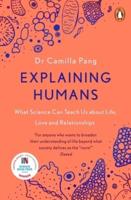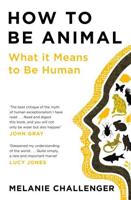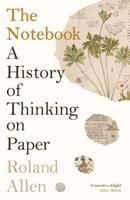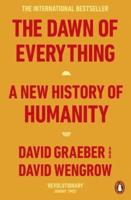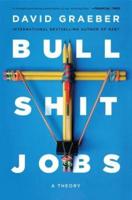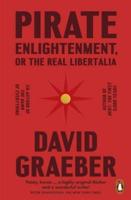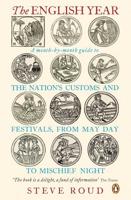Publisher's Synopsis
Discovered in 1976 by Sheets, and under continuous excavation and study since, the spectacular Ceren site provides us with an unusually clear window into the ancient past with which to view family activities on the frontier of the Mayan civilization. Since volcanic ash did not allow people to selectively remove artifacts, the site is well-preserved and it also largely stopped natural processes of decomposition offering this rare opportunity to study the Mayan past through household archaeology. Known as the New World Pompeii, this study provides a detailed portrait of the life, houses, artifacts, and activity areas of the people who supported the elites with labor, food and goods. As Sheets says, "With any civilization that's being studied, if the households of commoners aren't being investigated, you've eliminated the bulk of the population. How can you understand the society if you ignore most of the people? It's like an ethnography. Only we can't interview people, so their possessions have to speak for them." Art and images from the author's own collection help illuminate the discussions and bring them to life, while the author's discussion of his personal trials and triumphs add a more human dimension to working in the field.

